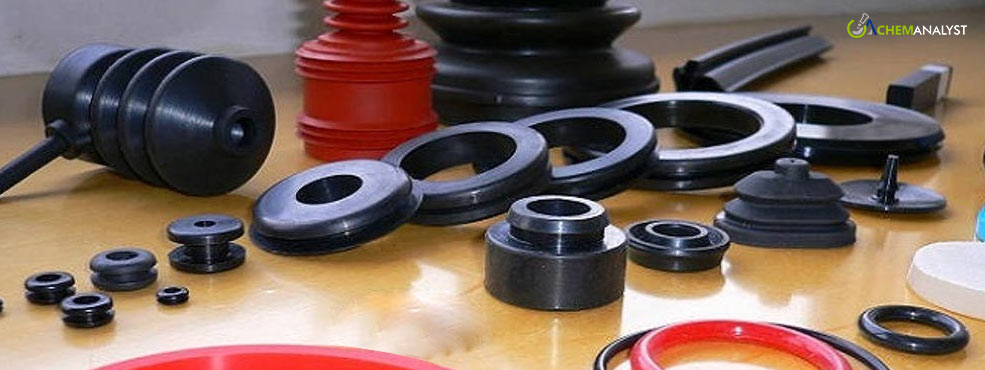German Rubber Industry Witnesses Downturn as Non-EU Competitors Emerge Victorious
- 22-Feb-2024 3:55 PM
- Journalist: Motoki Sasaki
In 2023, the German rubber industry confronted a notable 5% year-on-year reduction in production, attributing this downturn to elevated energy expenses and bureaucratic obstacles encountered by manufacturers in the country. Data released by the German Rubber Association (WDK) outlined a 6% year-on-year decline in tire production, reaching 470 kilotonnes, while technical rubber manufacturing experienced a 4.2% contraction, totalling 1.15 million tonnes.
Despite the decline in production, sales exhibited a contrasting trend by surging 10% compared to the previous year, reaching €11.4 billion. This upswing primarily stemmed from increased prices, particularly in the tire and automotive segments. However, within the industry, employment underwent a marginal reduction of 0.6%, resulting in a workforce of 65,900 individuals.
Utilization rates witnessed a decline of 6.4% year-on-year, settling at 77.5%. This encompassed a 4.9% contraction in tire utilization, reaching 73.8%, and a more significant 7.8% decrease in general rubber utilization rates, which reached 81.2%.
Notably, investments within the tire sector experienced a noteworthy 23% year-on-year decline, amounting to €430 million in 2023. Conversely, the general rubber industry's investment remained stagnant during the same period.
The challenges faced by the German rubber industry, as highlighted by the decline in production, can be attributed to several key factors. The prominent hurdles include the substantial energy costs incurred by manufacturers, coupled with bureaucratic complexities that have impeded operational efficiency. These challenges have collectively contributed to the contraction in tire and technical rubber production within the country.
However, amidst the production decline, the sector experienced an encouraging boost in sales, marked by a 10% increase over the previous year. This uptick can be primarily attributed to higher prices, particularly in key segments such as tires and automotive components. While the increase in sales provides a positive financial outlook, it does not necessarily offset the concerns arising from the reduction in actual production volumes, which can have longer-term implications for the industry's competitiveness.
Utilization rates, reflecting the efficiency of production capacity utilization, present a comprehensive picture of the challenges faced by the German rubber industry. The 6. 4% year-on-year drop in utilization rates to 77.5% signals underutilized capacity, indicating that a significant portion of the industry's production potential remains untapped. This, in turn, is a reflection of the challenging operating environment and the constraints imposed by factors such as high energy costs.
Investment trends in the tire sector, experiencing a substantial 23% year-on-year decline to €430 million in 2023, highlight a cautious approach among industry players. The reduced investment signals a hesitancy to commit capital amid uncertainties and challenges prevalent in the industry. Conversely, the general rubber industry's flat investment suggests a more stable financial stance, albeit without significant growth or expansion in the investment portfolio.



